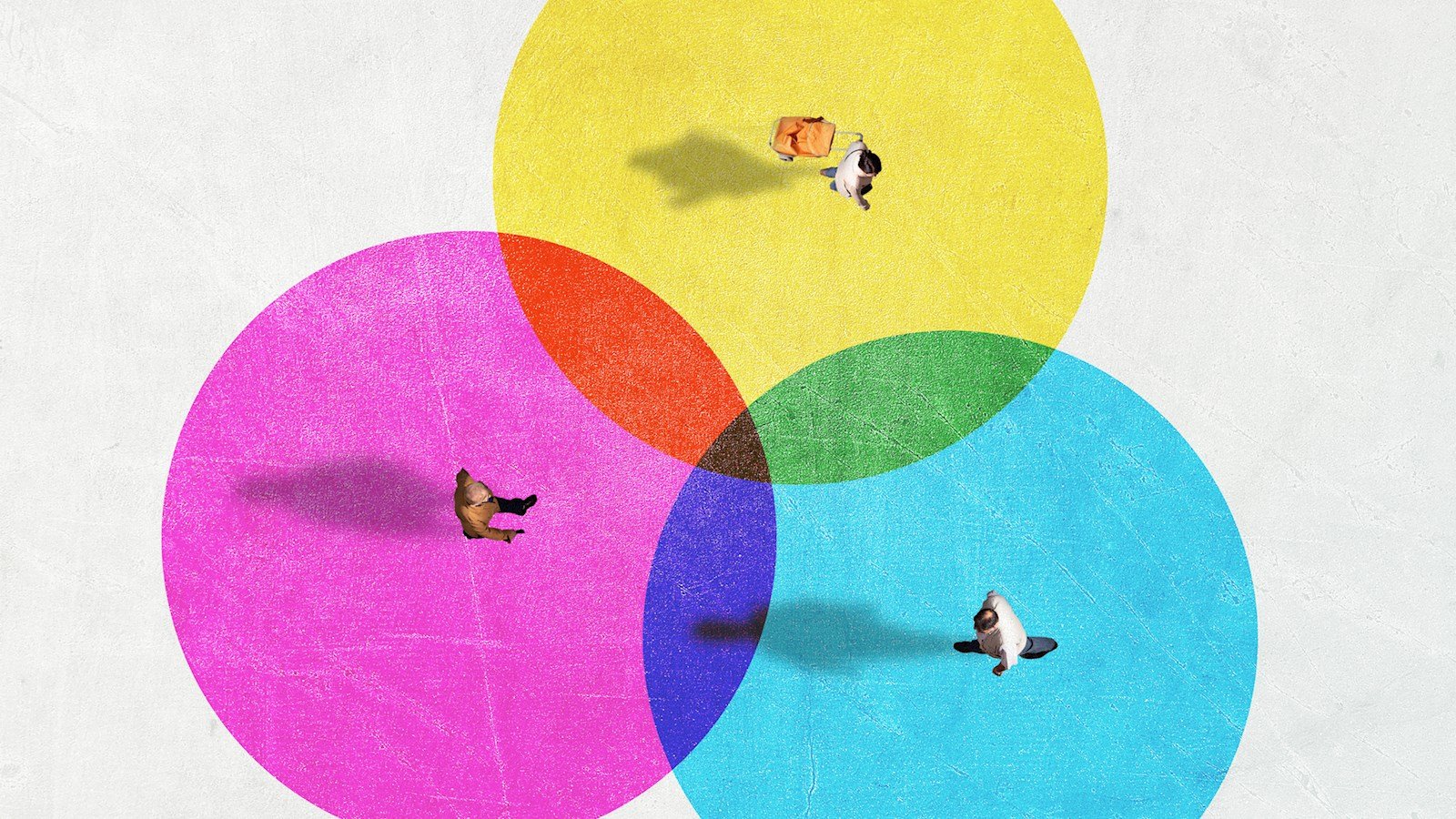WPP Singapore’s David Dahan shares why collaboration is the key to serving up the best work by the best teams, who are also the most satisfied with their work
When we set out to create an operation to serve one of our biggest clients, we put collaboration at its heart. This would be neither a classic team, nor a dedicated agency; it would be ‘open source’ and balanced. And we had to build this team at scale because of the size of the client.
With collaboration comes high productivity, efficiency and low attrition. These team attributes all have positive impacts on the work while removing waste and duplication. But they also have positive impacts on the business, because they enable reinvestment without sacrificing margin.
Collaborative teams are also creative. They are characterised by enthusiasm and high energy, and they result in a system in which there is synergy–then everyone wins. In collaborative teams, we build on each other’s strengths and there are natural checks and balances in play.
But it is not easy. Most people are excited by the idea of collaboration. But when they realise what it actually takes to collaborate, enthusiasm can wane. After all, for many who have come up in an organisation that has traditionally thrived on competition, the idea of collaboration as a means of success can appear counter-intuitive. It takes some getting used to.
The key is to change mindsets: It is not enough to convince teams to collaborate. Simply being told to do so does not mean that they will. What is needed is that team members truly digest the consequences of failing to collaborate, and conversely, the value of doing so when done consciously and actively. That is how to realise change in team culture. It is all about doing what is best for the client and for the team. It must add value and it needs to be tangible.
Overcoming the challenges
One fear that stands in the way of the collaborative approach is that there will be a failure to focus. How can large teams built across disciplines from across the breadth of an organisation possibly focus on the same objective? To keep focus, agendas must be specific, leaders must show up, and time spent together must be used to best effect.
Perhaps another fear revolves around sharing resources, data, insights. But we have seen time and again that if mindsets shift, the rewards are high and the rewards of collaboration will follow –this is how fears are dispelled.
Creating a collaborative working environment is relentless. You can never take it for granted, even when it feels like second nature. Collaboration tends to be elastic. As soon as you stop driving the collaborative approach to team building, it becomes hype–just slogans–so you have to keep exercising the collaboration muscle to keep it fit.
Of course, collaboration is easier when there is a common culture between teams. When this is missing, team spirit is the driver. Derived from a combination of values and the way in which people conduct themselves, team spirit is often the glue that binds a collaborative team together. It is an enabler.
What are the disenablers?
The behaviours that undermine the spirit of collaboration are not hard to pinpoint–they are numerous and easy to spot. That is why the system in which the collaboration takes place must be virtuous, and it must be virtuous for everyone.
But–once created–the collaborative mindset is highly portable. It might be a little different in a service business compared with a manufacturing business, but the mission is the same: To achieve the best outcomes, with the best talent, while making the most efficient use of resources and time. Whether that means charging for time spent–as is usual with a service business–or for a product well built, the best way to achieve the best outcome is through teams working in synergy.
In the end, you need the right people at the right time doing the right job, and a leadership that is 100% committed to collaborating. Reporting structures, job titles, logos and other identifiers are not necessarily meaningful to achieving this aim. For some organisations, that is a drastic departure from past practices, but increasingly organisations are getting comfortable with this approach – especially if they are multi-national conglomerates.
The ultimate aim must be to have everyone working in harmony towards a similar vision. It does not matter what complexity lies under the surface, what works is when a team finds its own centre of gravity–its own base–where it can collaborate and achieve extraordinary results.
Taken from: https://www.wpp.com/en/wpp-iq/2023/08/client-centricity-its-all-about-collaboration





